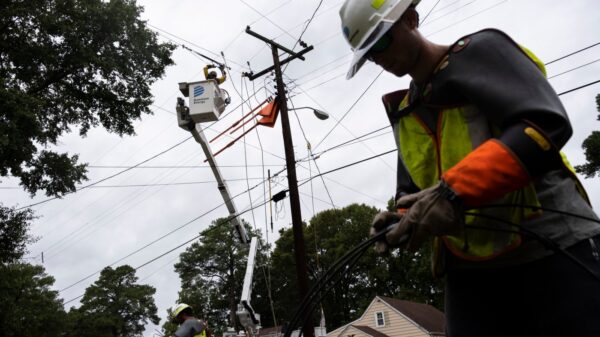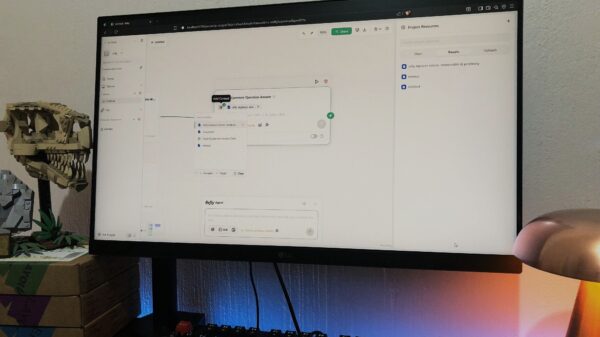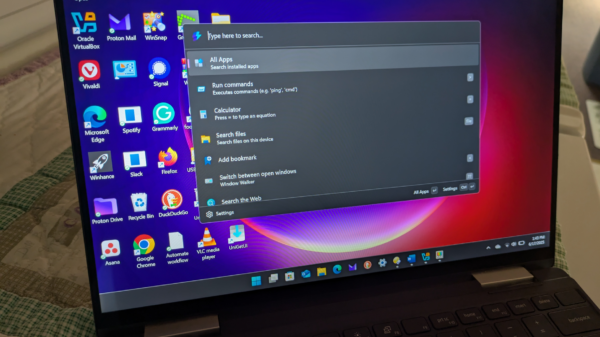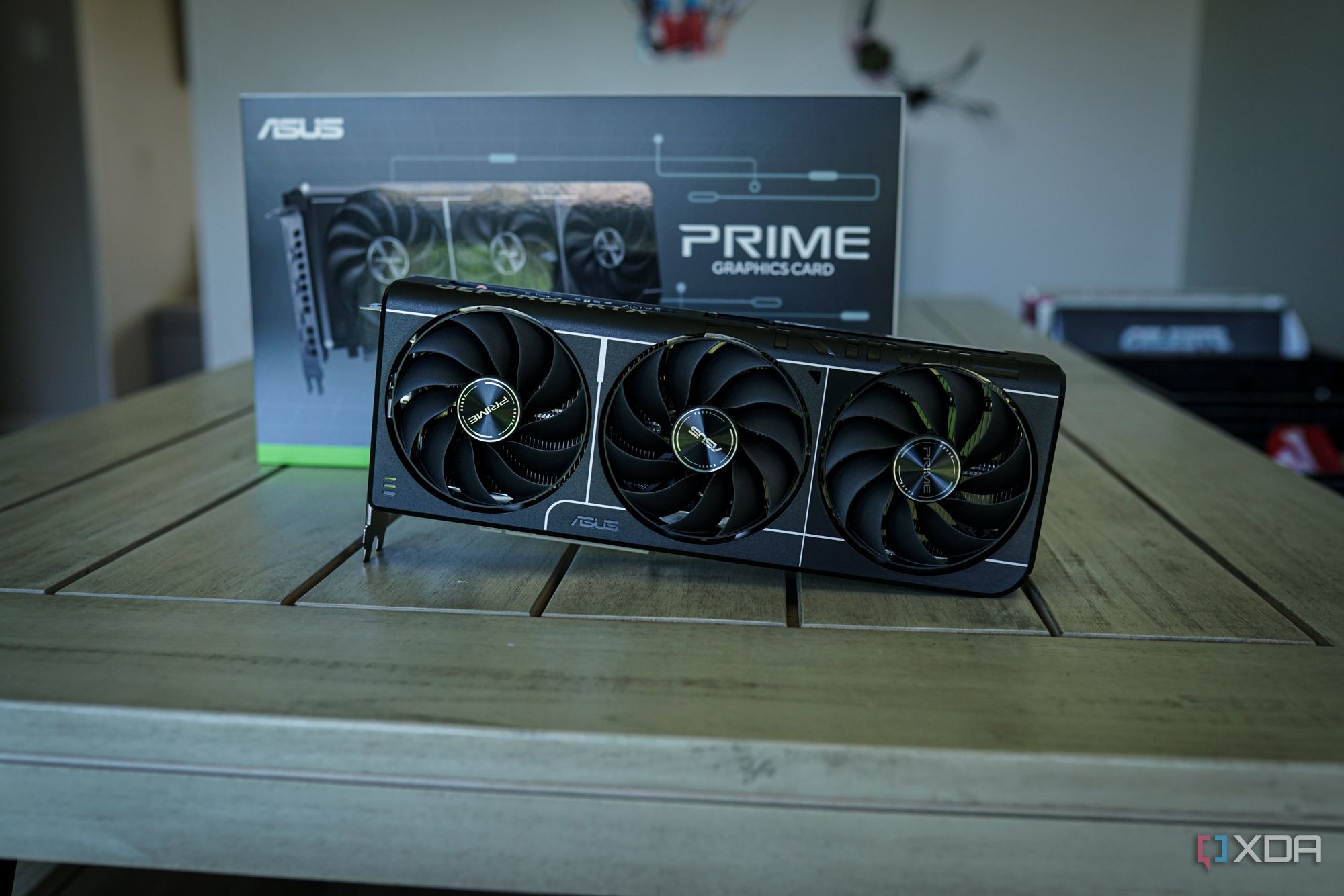New reports confirm that advertised GPU boost clocks from major manufacturers **Nvidia** and **AMD** may not accurately reflect real-world performance. Experts urge users to reconsider how they interpret these figures, emphasizing that the boost clock may serve more as a **baseline** than a guaranteed speed during gaming sessions.
This warning comes amid growing discussions in the gaming community about the discrepancies between advertised specifications and actual performance metrics. **Gaming benchmarks** reveal that modern GPUs frequently exceed their stated boost clocks, with the **RTX 5090** typically reaching speeds of **2.65 to 2.75GHz**, significantly above its advertised **2.41GHz**. This trend highlights the importance of understanding thermal and power limits, which dictate how effectively a GPU can maintain its boost speeds.
“While the numbers look impressive on paper, they don’t always translate to performance when gaming,” said a leading tech analyst. “If your GPU struggles to reach its advertised speeds, it may be experiencing thermal throttling or power constraints, and that’s not a sign of a faulty card.”
The mechanics behind GPU performance are intricate. Modern graphics cards dynamically adjust their clock speeds based on their **temperature**, **power limits**, and the current **workload**. The **boost algorithms** continuously monitor these factors to optimize performance, pushing clock speeds higher as long as conditions permit. For instance, a well-cooled card like the **Colorful Neptune RTX 4090**, equipped with a **360mm AIO cooler**, can maintain a boost speed of **2.85GHz** while gaming—much higher than its official specification of **2.64GHz**.
Moreover, the so-called **silicon lottery** plays a crucial role. Two GPUs of the same model may perform differently due to intrinsic variances in the efficiency of their chips. Some units may achieve boost speeds using less voltage, while others may require more power, making a significant difference in real-world use. This variability is a critical factor in GPU performance that users often overlook.
As the gaming landscape evolves, understanding these nuances becomes essential for consumers. Experts recommend that users focus less on the advertised boost clocks as definitive figures and more as indicators of potential performance range.
For those in the market for a new graphics card, it’s imperative to assess cooling solutions and power delivery systems. Cards with superior cooling solutions and higher power limits are likely to perform better under sustained loads, enabling them to leverage their full potential.
Looking ahead, gamers are advised to keep an eye on upcoming benchmarks and reviews to get a clearer picture of GPU performance, especially with new releases on the horizon. As discussions around GPU specifications continue, the takeaway is clear: just because your card doesn’t reach the expected boost does not diminish its gaming capabilities.
Stay informed and share this critical update with fellow gamers to ensure everyone understands the implications of GPU performance metrics.







































































